How to get rid of lice on bedding — 5 simple steps
Eliminate lice from your bedding
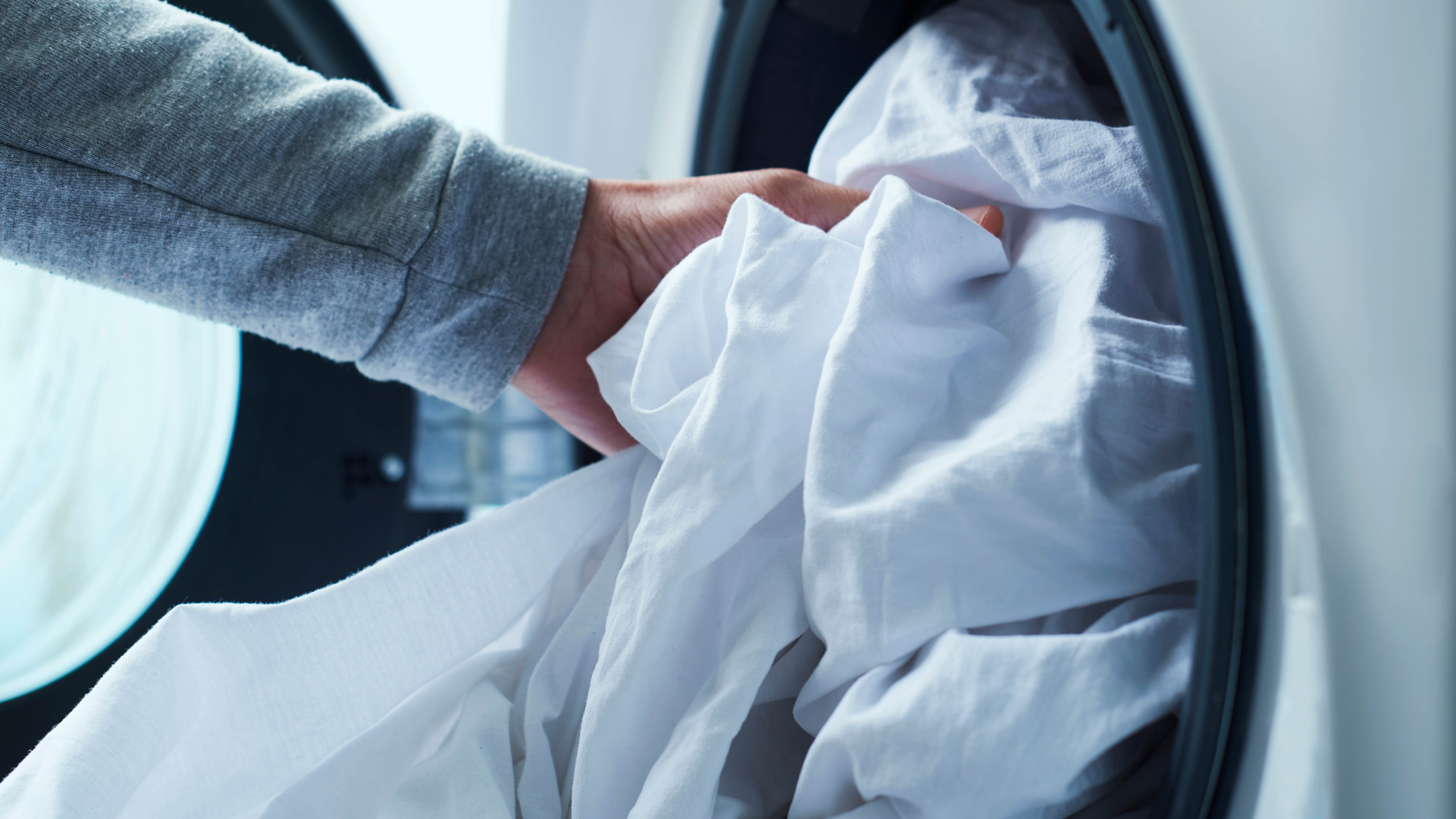
Discovering lice in your home can be frustrating, but handling the situation requires addressing both the affected individuals and their environment. While lice primarily live on the scalp, they can temporarily inhabit bedding for up to 48 hours, creating a risk of reinfestation even after treatment.
Eliminating lice from bedding doesn't require specialized products or services. With basic laundry equipment and attention to detail, you can ensure your bedding is completely lice-free.
The key is understanding that lice are highly vulnerable to heat, making your washing machine and dryer powerful tools in this process. Follow these five straightforward steps to rid your bedding of lice and prevent the cycle of reinfestation.
1. Treat everyone's hair first

Before addressing your bedding, ensure all household members receive proper lice treatment, regardless of whether they show symptoms. Lice can spread quickly between family members, and asymptomatic carriers are common in the early stages of infestation.
Use an FDA-approved lice treatment shampoo and follow the instructions precisely. Most treatments require a second application 7-10 days after the first to kill any newly hatched lice. Use a fine-toothed lice comb to physically remove lice from hair for best results.
Only after treating everyone should you move on to addressing bedding, otherwise you risk immediate reinfestation of your freshly cleaned linens.
2. Strip all bedding completely
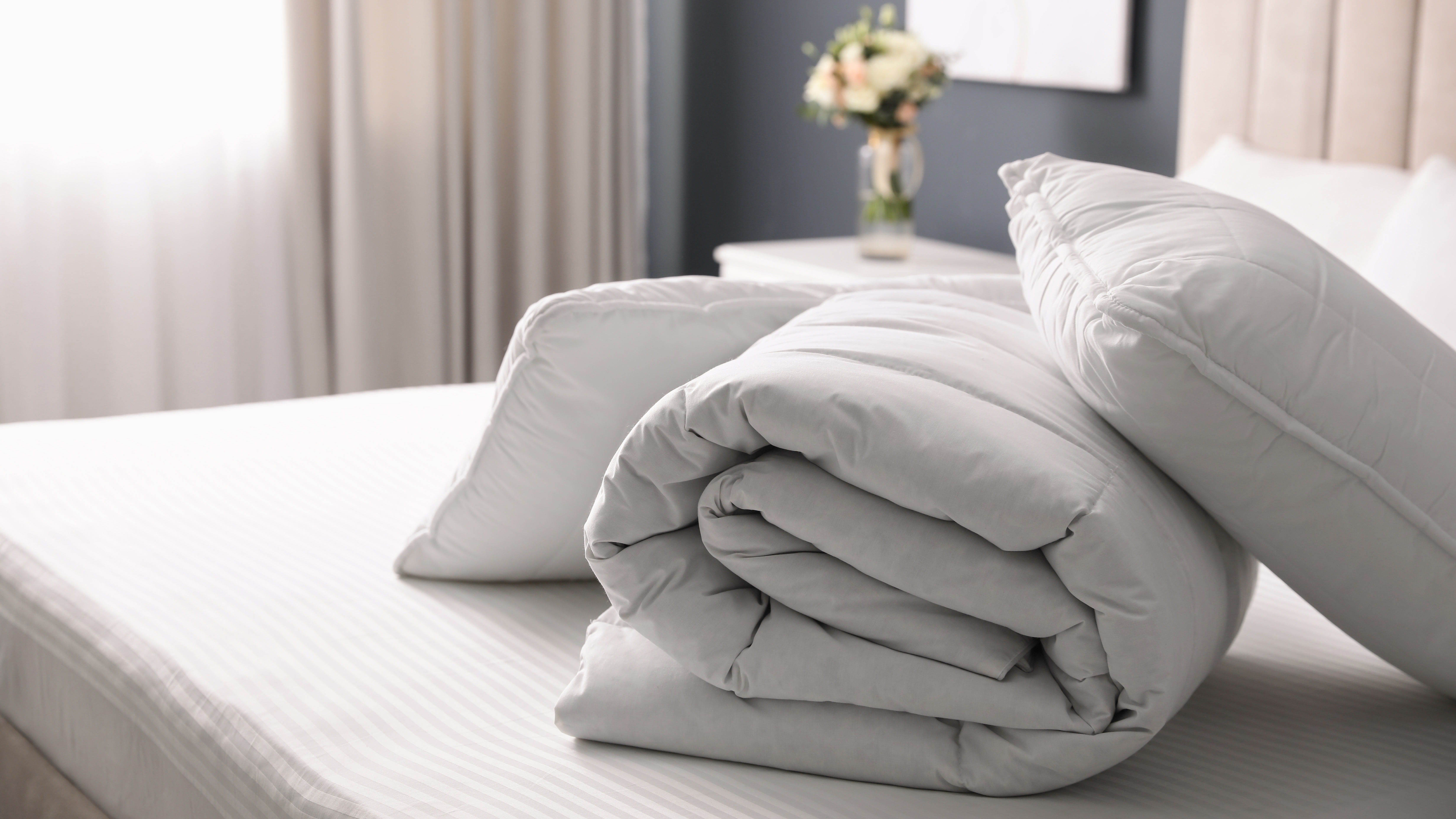
Remove every fabric item from all beds in your home, not just those belonging to people with confirmed lice. This includes pillowcases, sheets, fitted sheets, duvet covers, blankets, mattress protectors, and any stuffed animals that sleep on the bed.
Take the bed down to the bare mattress, ensuring no potentially infested item remains. Place all bedding directly into laundry bags or bins to avoid spreading lice through the house.
Remember to wipe down bed frames, headboards, or nearby furniture with a damp cloth as an extra precaution, as lice can occasionally fall onto these surfaces.
3. Wash everything on a hot cycle
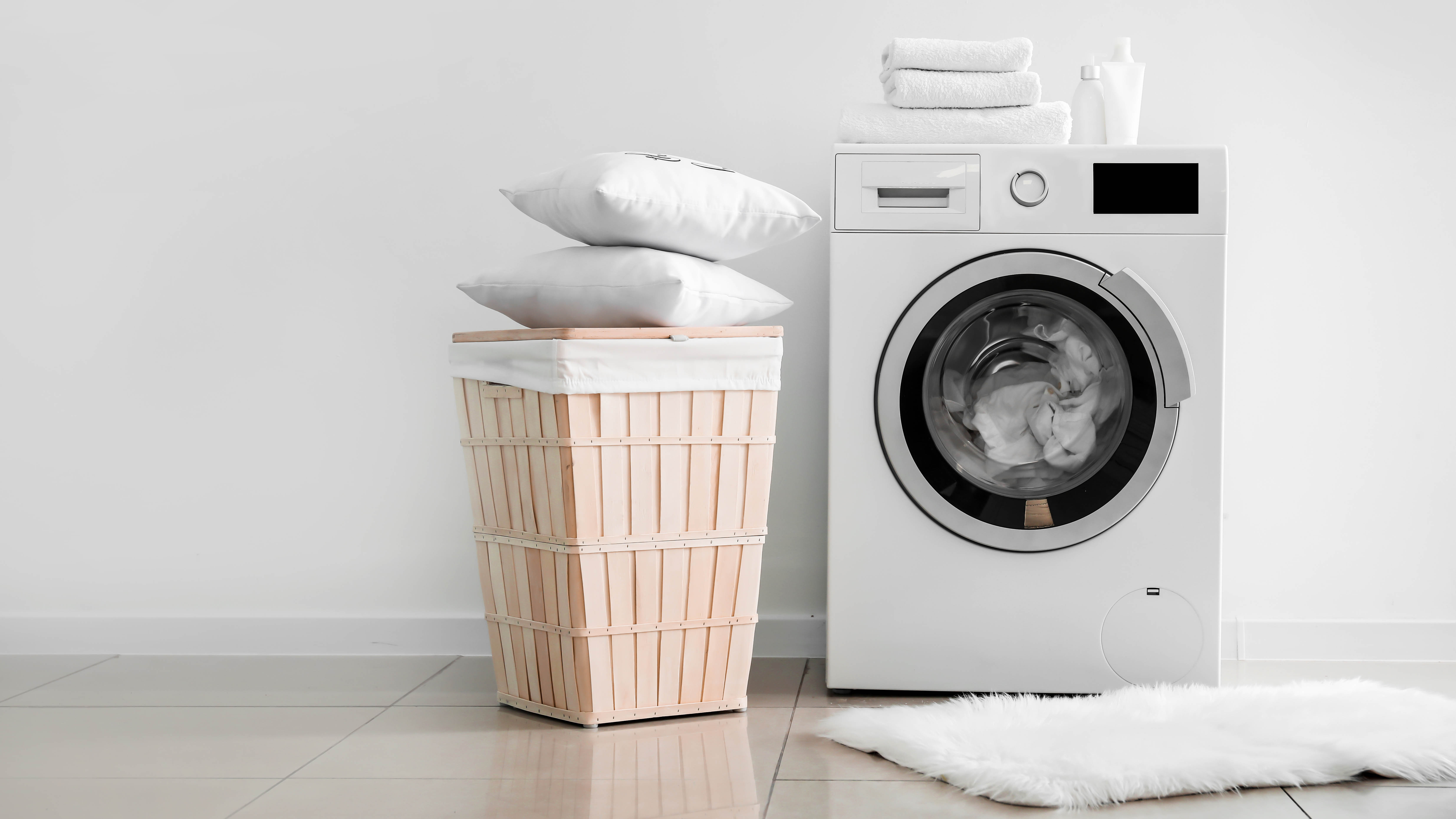
Heat is your most effective weapon against lice. They cannot survive high temperatures, making your washing machine an excellent tool for elimination.
Wash all bedding on the hottest water setting that's safe for the fabric. Check care labels before washing to ensure you won't damage delicate materials. For items that can't withstand high heat, seal them in plastic bags for at least 72 hours — lice will die without access to a human host.
You don't need to use a special product, your regular laundry detergent will suffice. Choose a long wash cycle to maximize exposure to heat. For bulky items like duvets or pillows that won't fit in your home washing machine, consider taking them to a laundromat with industrial-sized machines.
4. Dry on high heat
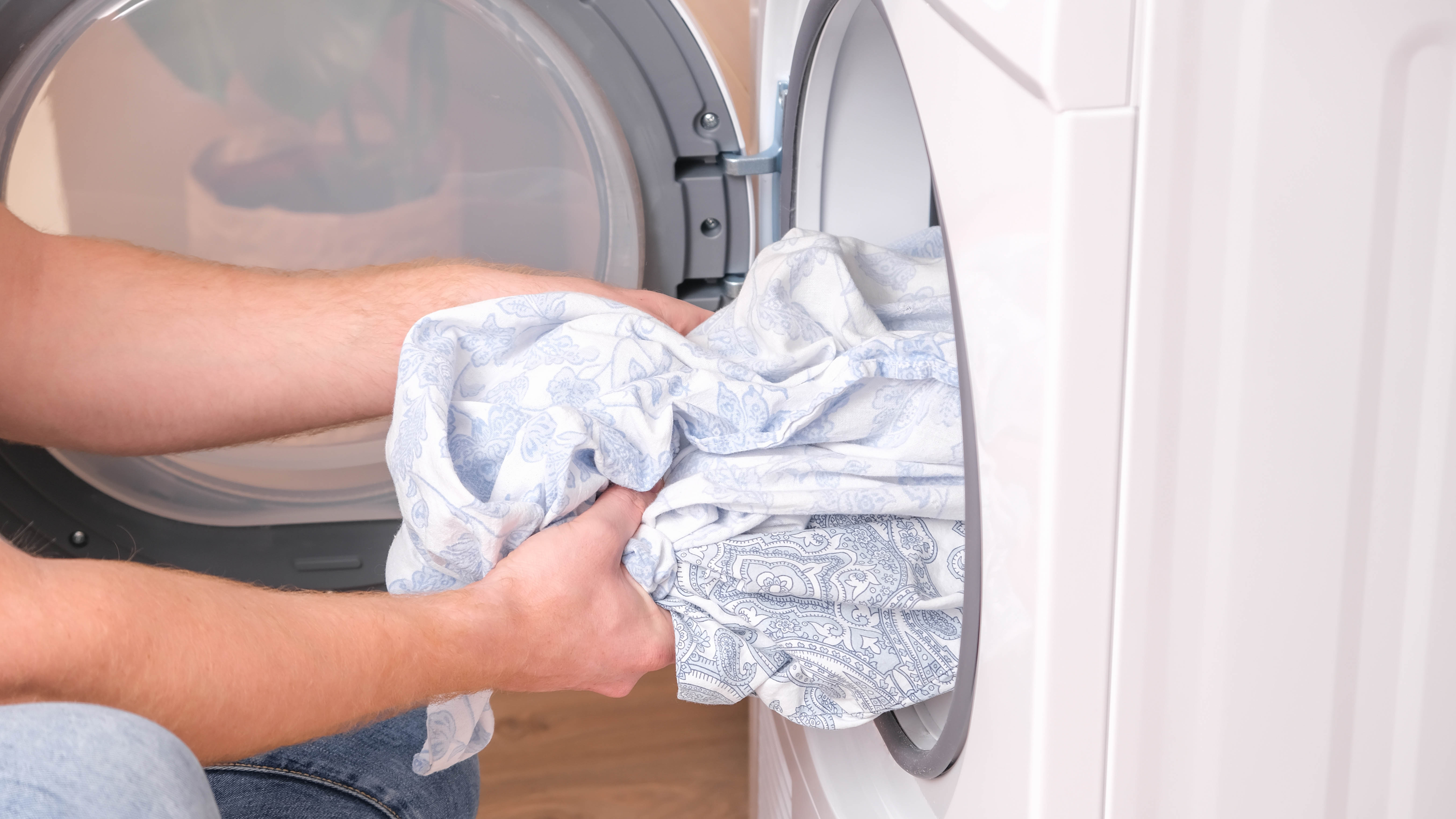
The drying process is equally important as washing for killing lice. Even after a hot wash, using high heat in the dryer provides an additional level of protection.
Tumble dry all washed items on the highest heat setting recommended for the fabric for at least 30 minutes. The sustained heat will kill any lice or eggs that might have survived the washing process.
For items that can't go in the dryer, air-drying in direct sunlight is a good alternative. Lice are sensitive to both heat and light, so a sunny day can help eliminate any stragglers.
Position items to receive maximum sun exposure, and turn them occasionally to ensure all surfaces get treated.
5. Vacuum the mattress
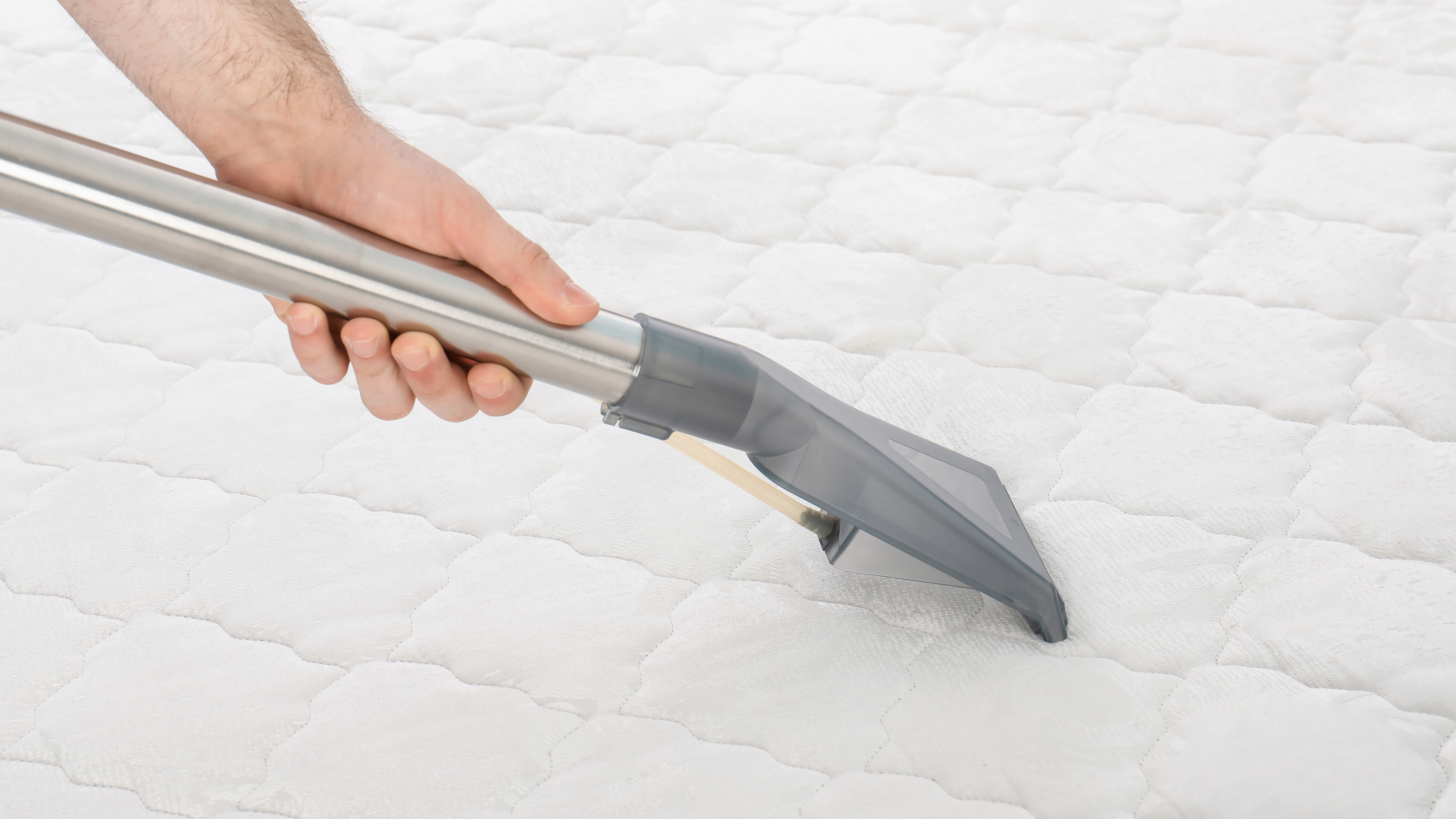
While lice primarily prefer human scalps, they can temporarily hide in mattress seams and crevices. Thorough vacuuming removes any lice that might have fallen off the scalp during sleep.
Using the upholstery attachment on your vacuum cleaner, vacuum the entire mattress surface. Pay extra attention to seams and piping along mattress edges, tufted areas, and the sides of the mattress.
After vacuuming, consider using a mattress protector that completely encases the mattress. This creates a barrier that prevents any missed lice from escaping and also protects against future infestations. Once the mattress is clean, remake the bed with your freshly laundered linens.
Remember to clean your vacuum afterward, emptying the canister or replacing the bag outdoors to prevent any captured lice from escaping back into your home.
Frequently asked questions
How long do lice live on bedding?
Lice can survive up to 1-2 days without a human host. After that, they die from lack of food. However, their eggs can last longer, which is why thorough cleaning is key.
Can lice live in mattresses?
It's rare, but lice can cling to fabric seams. That's why vacuuming the mattress thoroughly after stripping the bed is important.
How frequently should I wash bedding?
During an active infestation, wash pillowcases daily and sheets every 2-3 days until you're certain the infestation is eliminated. After treatment is complete, return to your normal washing schedule.
Now you've learned how to get rid of lice on bedding, why not take a look at some other useful cleaning guides?
Check out 7 car cleaning tips to make yours look brand new and expert-approved tips to keep your windowsills clean. And your cleaning tools might be spreading dirt, here's how to disinfect them properly.
Get instant access to breaking news, the hottest reviews, great deals and helpful tips.
More from Tom's Guide
- How to remove mold from a mattress: tips from a cleaning expert
- Here's what's causing the dust in your bedroom
- How to build a non-toxic cleaning routine for your home

Kaycee is Tom's Guide's How-To Editor, known for tutorials that skip the fluff and get straight to what works. She writes across AI, homes, phones, and everything in between — because life doesn't stick to categories and neither should good advice. With years of experience in tech and content creation, she's built her reputation on turning complicated subjects into straightforward solutions. Kaycee is also an award-winning poet and co-editor at Fox and Star Books. Her debut collection is published by Bloodaxe, with a second book in the works.
You must confirm your public display name before commenting
Please logout and then login again, you will then be prompted to enter your display name.
